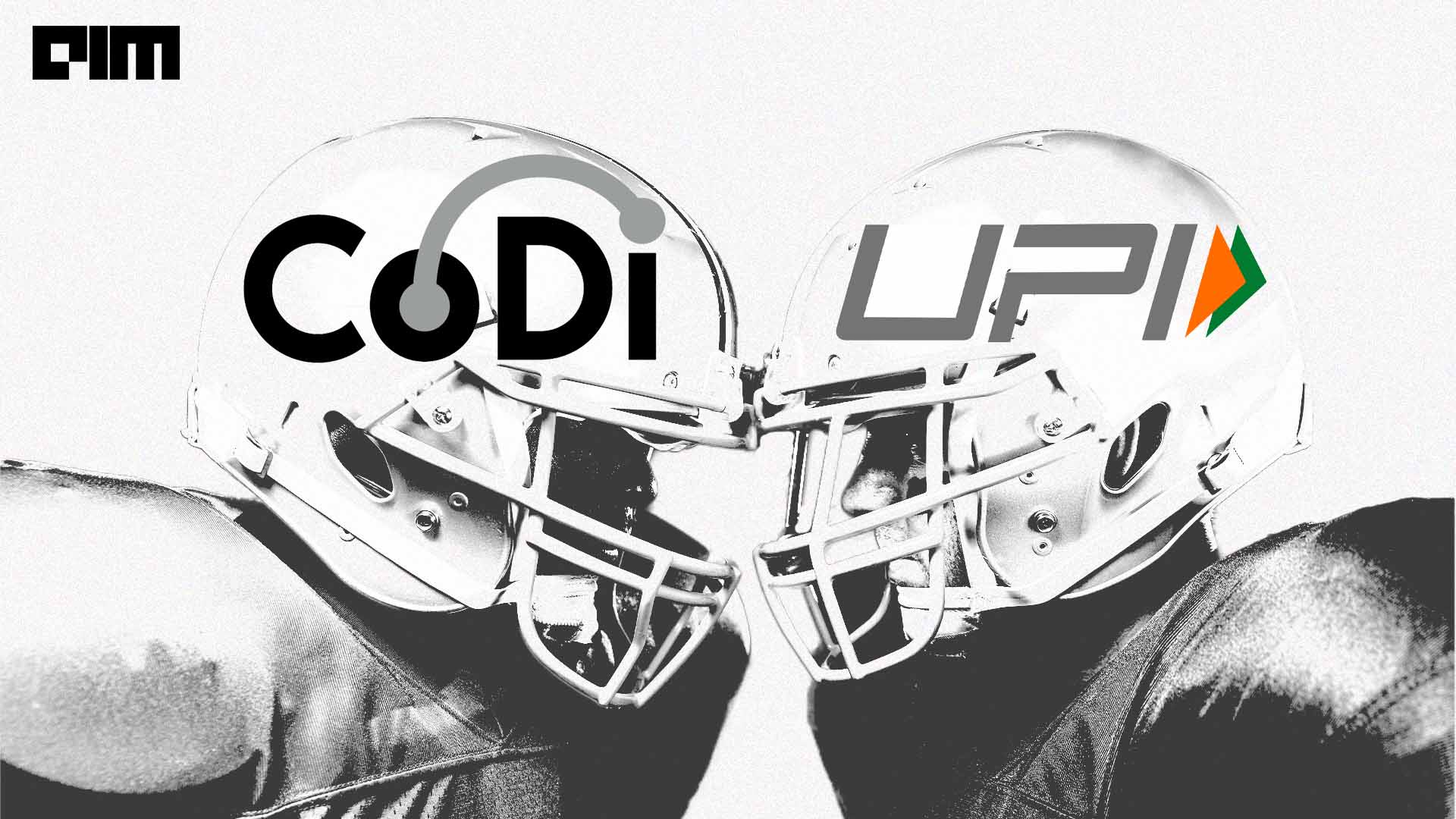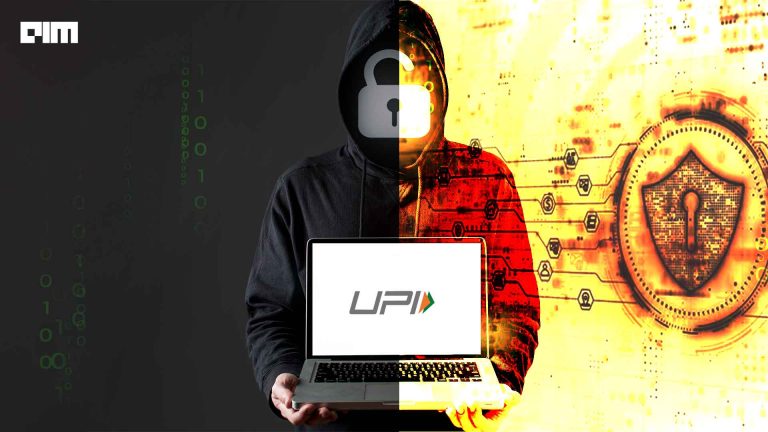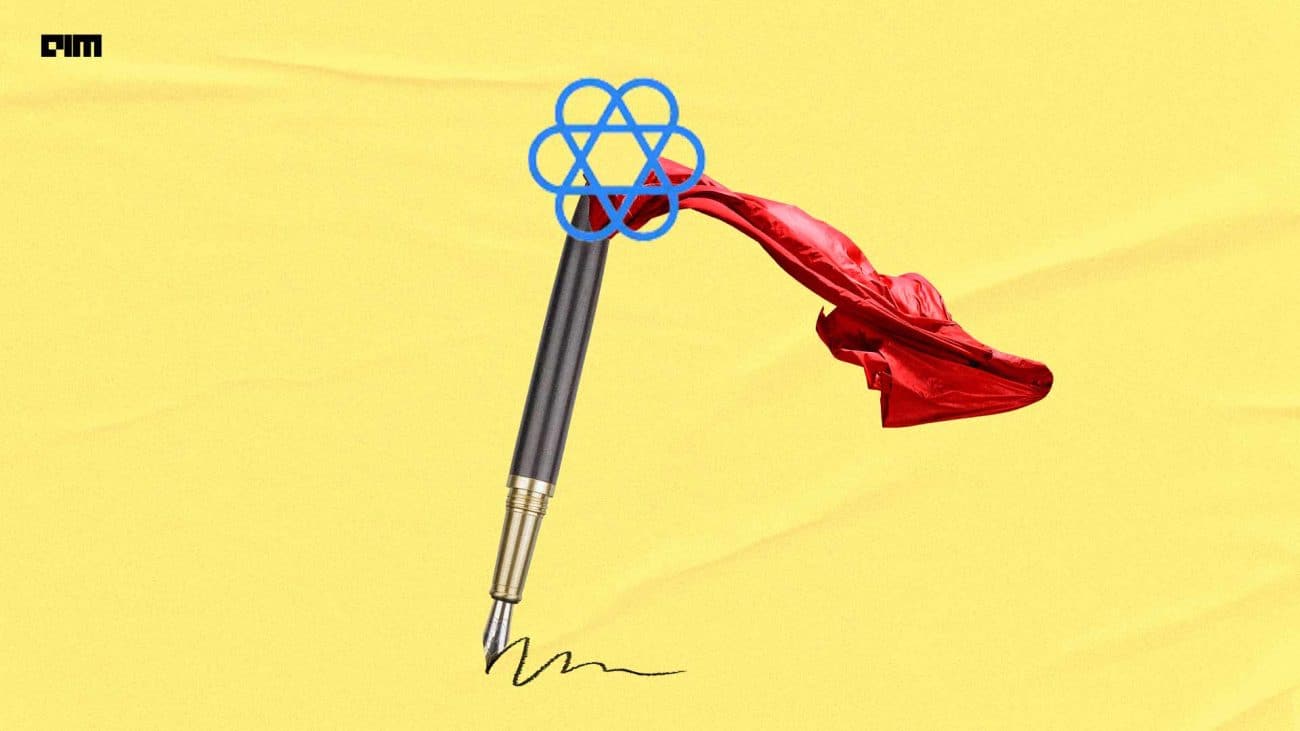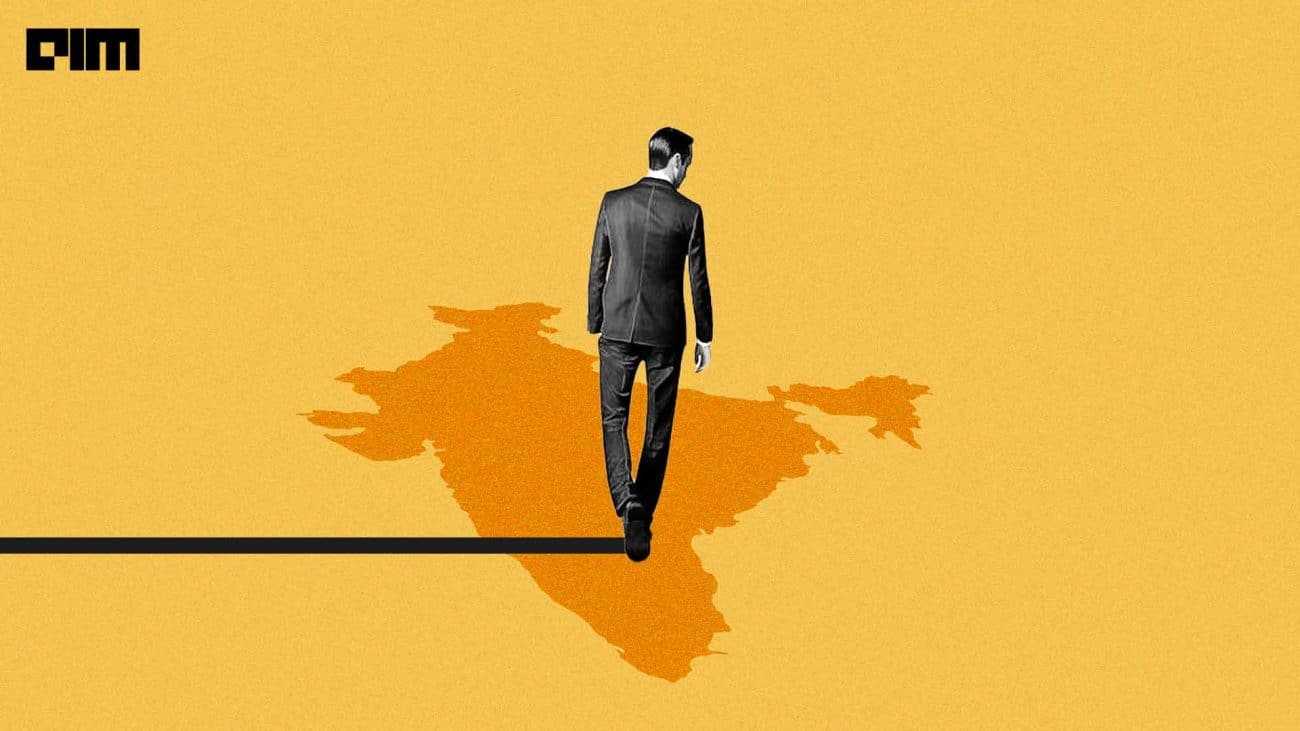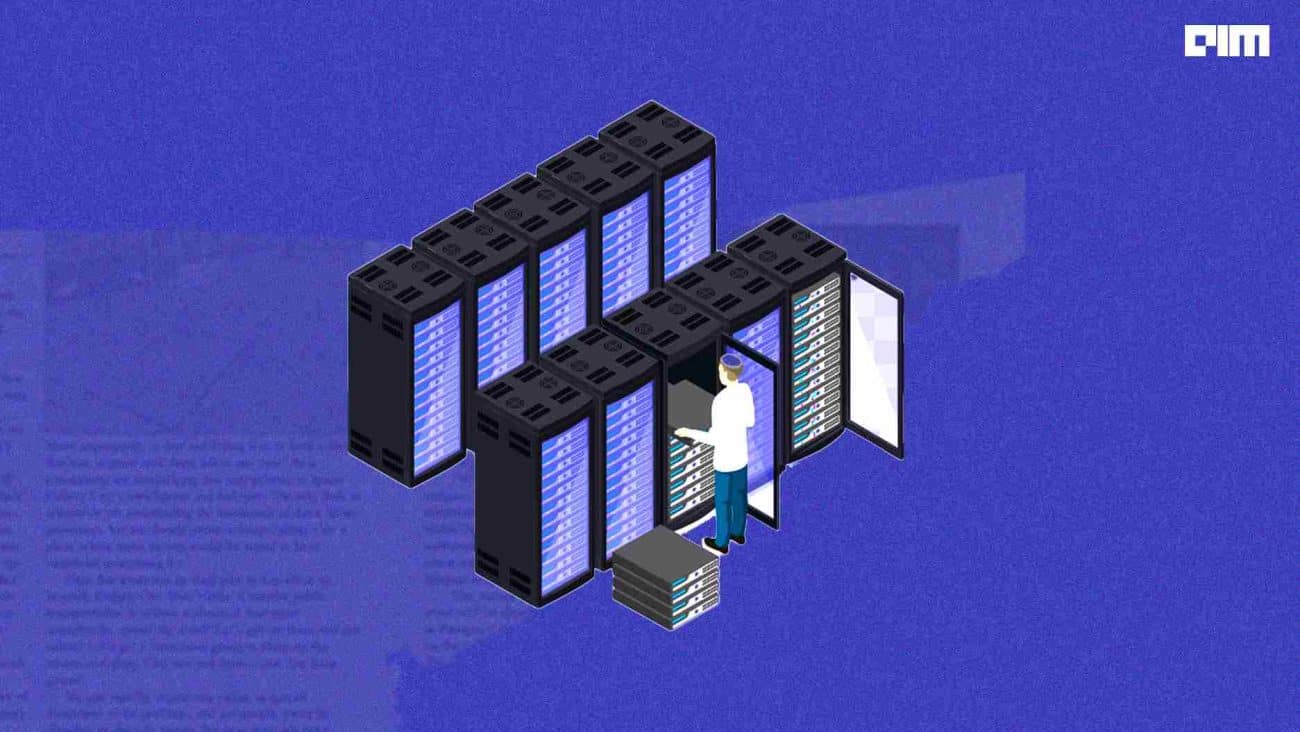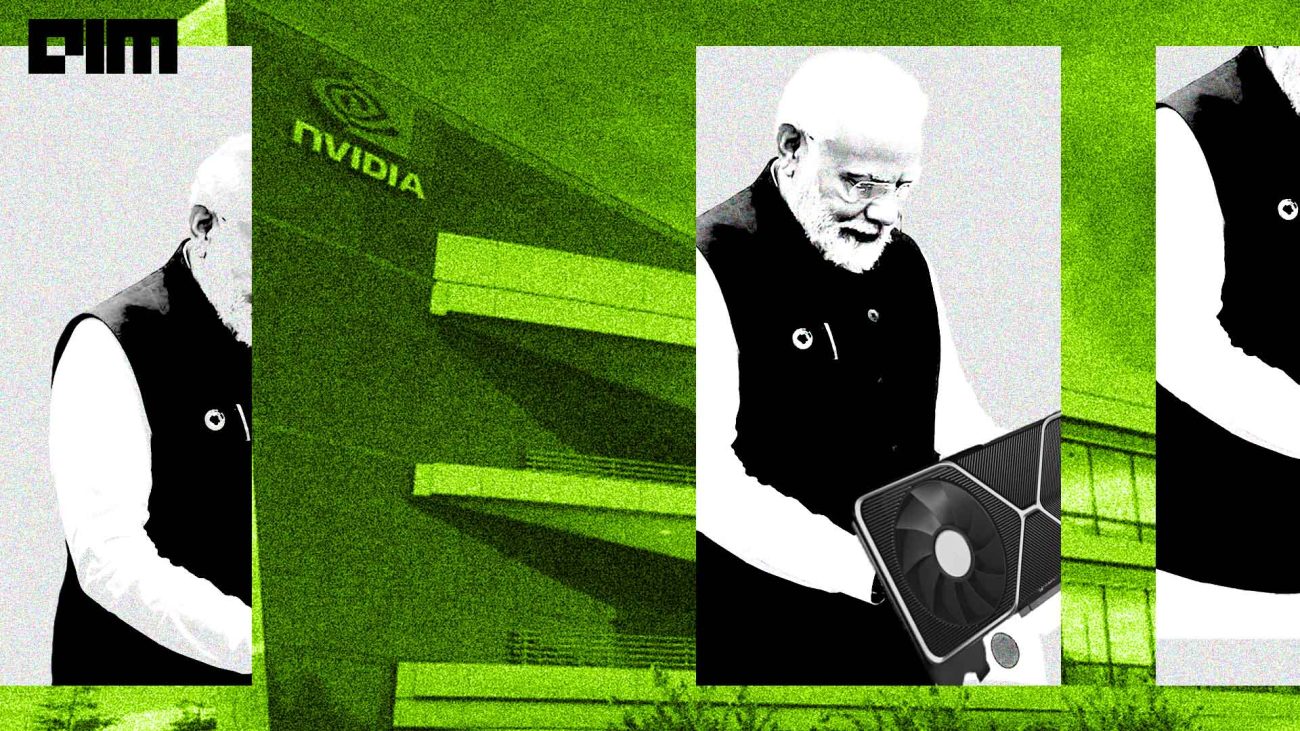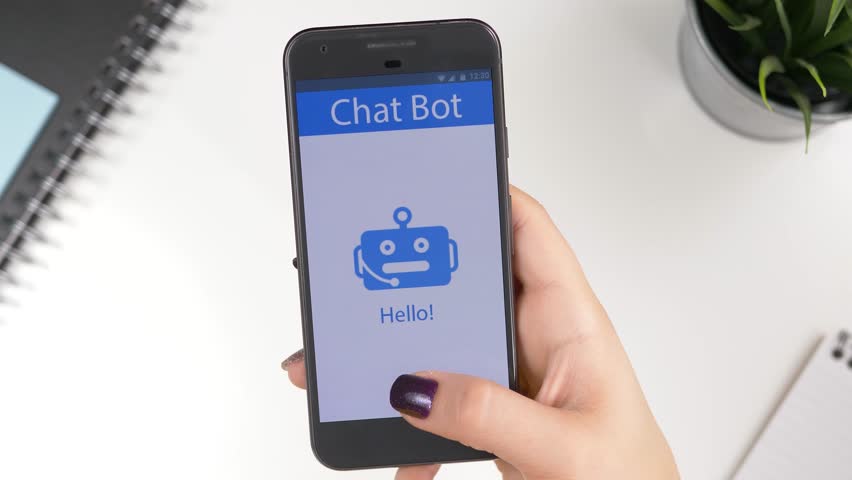|
Listen to this story
|
In October 2019, the Mexican Central Bank launched the digital payment platform ‘Cobro Digital’, or CoDi, which enabled mobile-based payment based on QR codes and near-field communication (NFC) technology. The idea was very similar to India’s UPI. But, unlike India, CoDi is struggling in the Mexican market and cash is still the dominant mode of transaction in the country.
So, what is going wrong at CoDi and what can it learn from India’s UPI?
UPI Way: A Successful Model
UPI was launched by NPCI and has two varieties of transactions, which are known as PUSH or PULL. Generally, PUSH is majorly used in the market and transactions happen in two phases.
In the first phase, the customer initiates the transaction via Payee’s mobile number, VPA (Virtual Payment Address), or QR code. The Payer’s PSP (Payment Service Provider), which is typically a bank then sends the transaction request to the NPCI (National Payments Corporation of India).
The NPCI UPI server then forwards the same request to the Payee’s PSP for authorisation and address resolution. The Payee’s PSP then resolves the address and provides the account details by working with the Remitter bank.
In the second phase, the Payee’s PSP provides the bank details to UPI, which is then forwarded to NPCI. The NPCI then checks with the Remitter bank to debit the funds from the payer’s account. Once the funds are debited, a credit request is sent to the beneficiary’s bank which then credits the Payee’s account and responds to the NPCI UPI. The NPCI UPI server then passes on the response to the transaction status through the Payer’s PSP to the customer.
How CoDi is inefficient
CoDi works almost the same way as UPI does, except the fact that instead of NPCI, the Central Bank of Mexico (SPEI) becomes the mediator. Additionally, CoDi is only available to the banks that are members of the SPEI.
However, CoDi—even after building a system so close to UPI—still fails in the areas where it could have been a success. For instance, it doesn’t provide an option for the person-to-person transaction and largely depends on person-to-merchant transactions.
In that too, while the interface does provide an option for QR codes, it still isn’t the best one. Every time a merchant has to receive a payment, the system requires a request generation through the merchant’s application, after which the customer can pay by scanning the code. When compared with UPI, this approach takes way more time, nearly 20-30 seconds per transaction.
This, perhaps, might be the main reason why CoDi is not well adapted in Mexico. With only 38 banks and 500,000 users, the application has been slow to gain ground in the country. Miguel Diaz, Banco de México’s general director of payment systems and market infrastructures, also told in a recent media interaction that much of the sluggishness was initially due to the platform’s poor user interface, which required merchants to send 18-digit account numbers to each new customer during onboarding.
Additionally, the system only processes single transactions up to a maximum value of 8,000 pesos, whereas UPI has a limit of INR 100,000 per day with no limit on the number of transactions. However, on the bright side, much like UPI, CoDi is also free of banking commissions and the transactions can be made without keeping banking hours in mind.
As per the official website, there have only been 13,883,440 transactions performed on the applications to date, which is far lesser than UPI in India. Many speculate that the central issue with CoDi was its lousy promotion by banks. There were little to no promotions, except for a couple of videos being uploaded on the Youtube channels.
Additionally, the banks started small business payments directly, instead of going to the service providers—like Electricity, Water bills—with which the QR codes could have been attached. The pandemic would have catapulted the adoption. Once people were accustomed to paying their bills with QR codes then the platforms could move on to businesses, starting with the largest such as supermarket chains such as 7-Eleven.
All in all, the platform could have been more successful if not for such hindrances.


